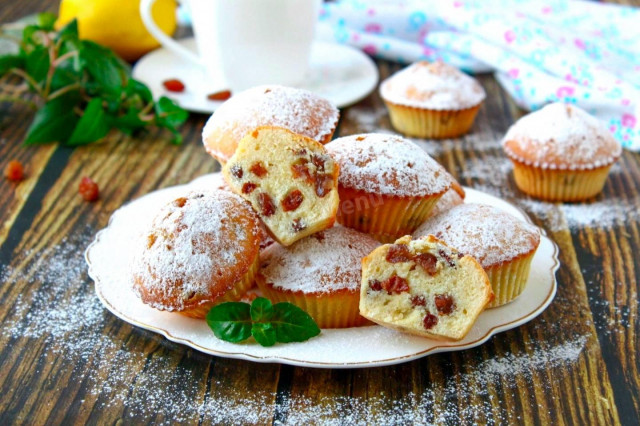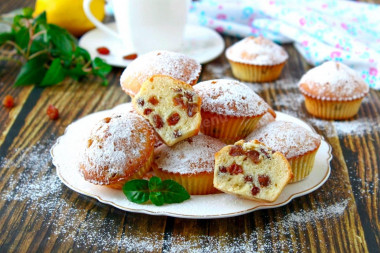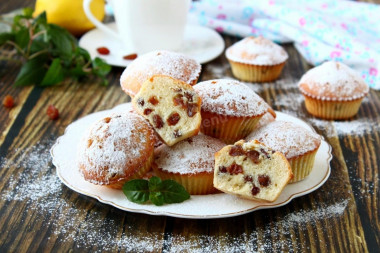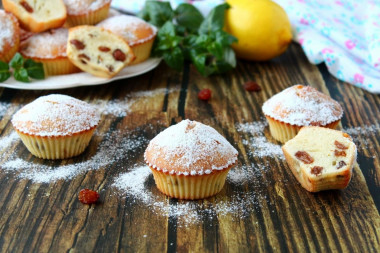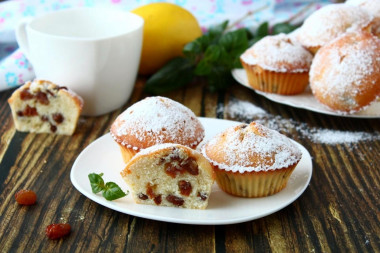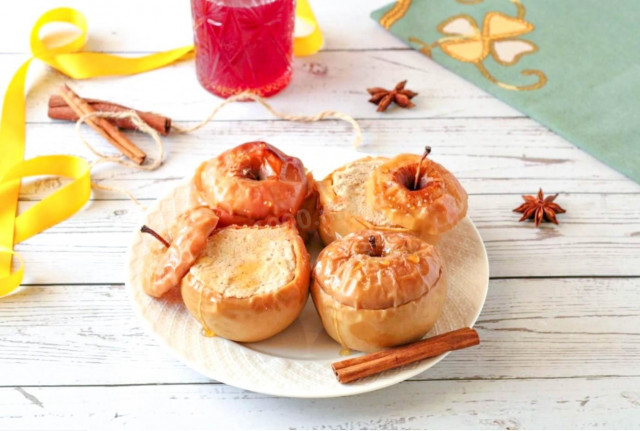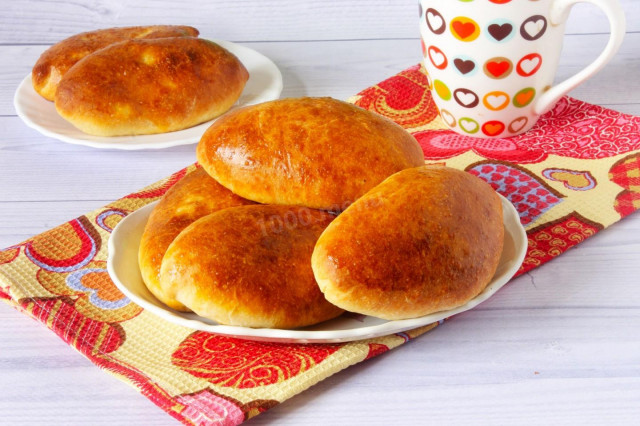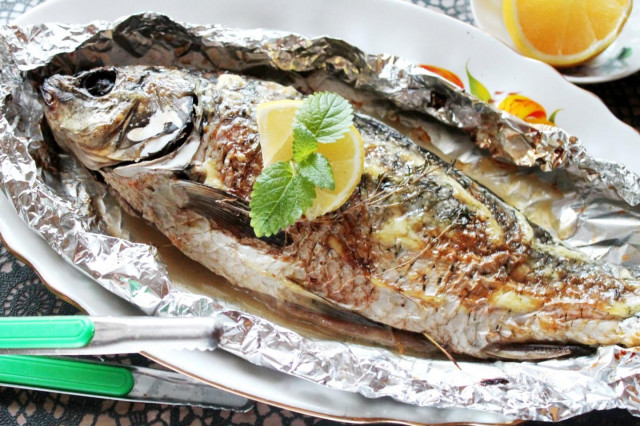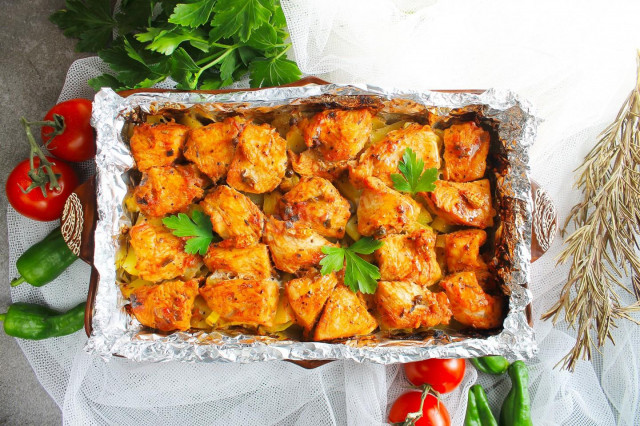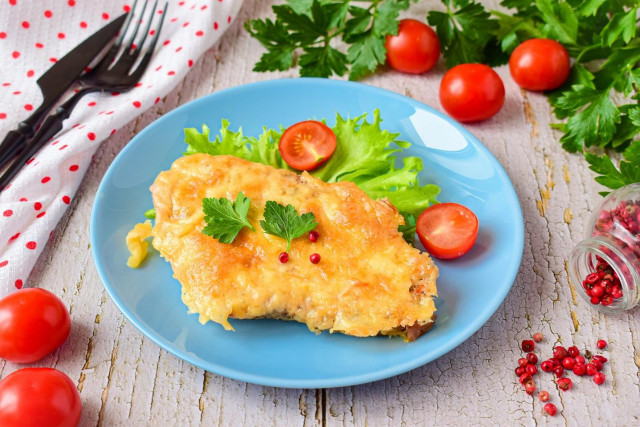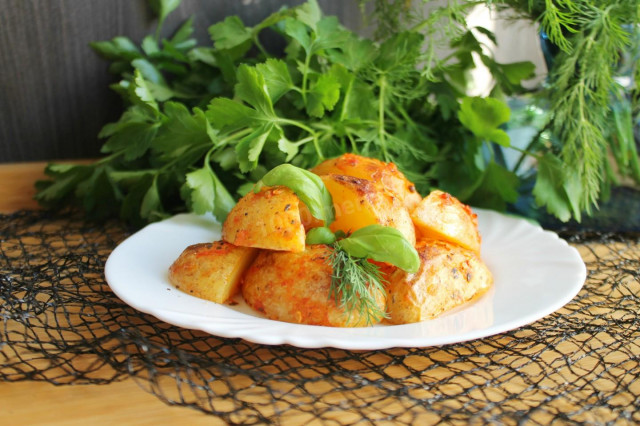Composition / ingredients
Step-by-step cooking
Step 1:
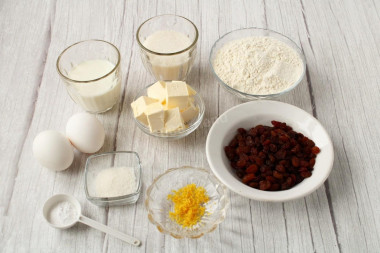
How to bake cupcakes with raisins in molds on kefir? Measure out the necessary ingredients. Prepare kefir and eggs in advance so that they are warmed at room temperature. Use wheat flour of the highest grade. Wash the raisins. If it is dry, soak it for 15 minutes with water to get it wet. Dry the raisins well.
Step 2:
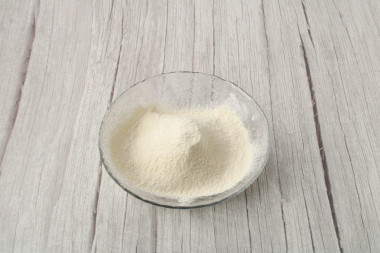
Combine flour with baking powder, sift into a convenient wide container. As a result of sifting, the flour is saturated with oxygen, thanks to this, the baking will rise well.
Step 3:
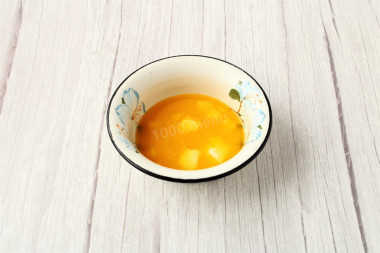
Dissolve the butter on the stove over low heat, preventing it from boiling. Let the oil cool down a little.
Step 4:
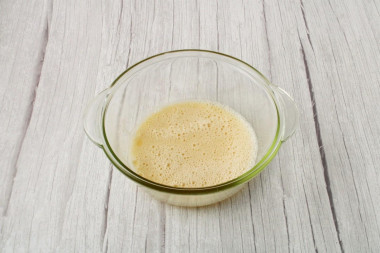
In a suitable sized bowl, beat the eggs until smooth. How to beat eggs? For this recipe, no special pomp is required when whipping, so it is enough to use a conventional whisk.
Step 5:
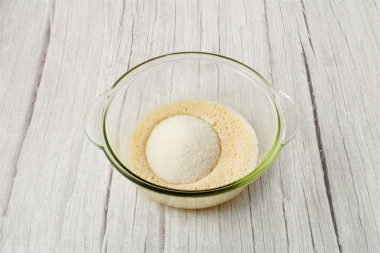
Add sugar and vanilla sugar to the egg mixture, whisk with a whisk until the sugar partially dissolves. Vanilla sugar can be replaced with vanillin.
Step 6:
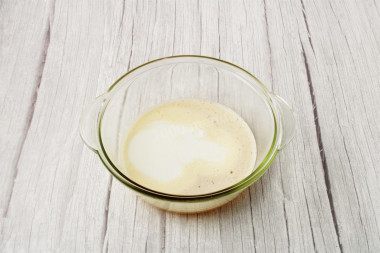
Pour in the non-cold kefir, mix.
Step 7:
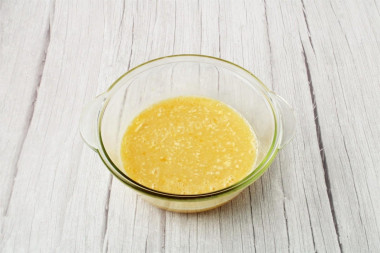
Add the melted non-hot butter, mix the mass well until smooth.
Step 8:
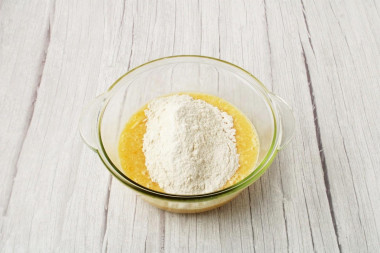
Pour in the flour sifted with baking powder.
Step 9:
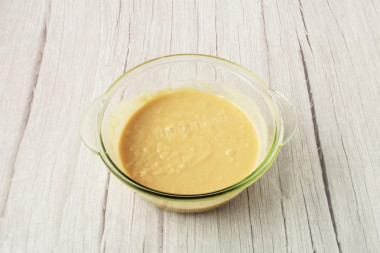
Mix the dough until the lumps of flour completely disappear. The dough turns out to be thick, viscous, homogeneous.
Step 10:
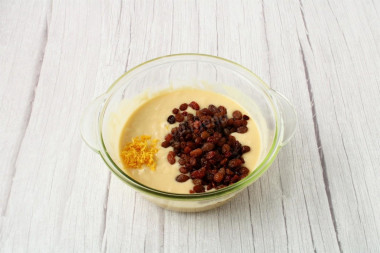
Add raisins and lemon zest to the dough.
Step 11:
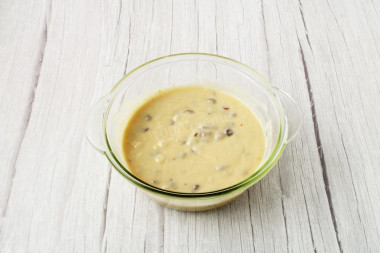
Mix everything thoroughly so that the additives are evenly distributed throughout the entire volume of the dough.
Step 12:
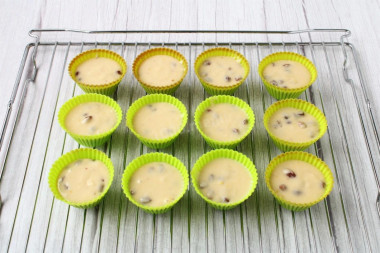
Put the dough into serving muffin molds. Fill the molds with dough 3/4 of the height, as the cupcakes will rise a little when baking.
Step 13:
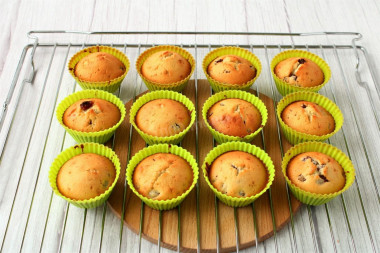
Bake the cupcakes in a preheated 180C oven for 25 minutes until golden brown. The baking time may vary depending on the specifics of the oven. Check readiness with a wooden skewer. If the skewer comes out of the center of the cake dry, then the baking is ready. Let it cool down a little and take it out of the molds.
Step 14:
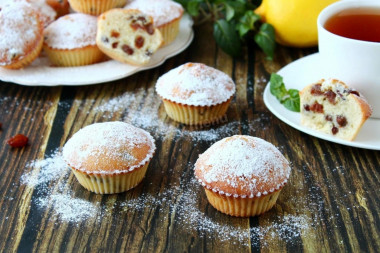
English cupcakes with raisins on kefir are ready. If desired, you can sprinkle them with powdered sugar before serving. Bon appetit!
What is the difference between vanilla, vanillin, vanilla extract and vanilla sugar, how to use and replace them correctly, so as not to spoil the taste of the dish , read in this article .
Butter can be melted in the microwave in the appropriate mode (read the instructions for your device) or in a water bath. How to melt butter in a water bath? You will need two containers of different diameters. Pour water into a large one and put it on the stove. Place the smaller container on top so that it is submerged in water by about half. Put the sliced butter into it. Under the influence of boiling water, the oil will begin to melt. Stir the oil slightly to speed up the process. As soon as the pieces of oil are completely dissolved, remove the container from the stove.
Keep in mind that everyone's ovens are different. The temperature and cooking time may differ from those specified in the recipe. To make any baked dish successful, use the useful information about the features of ovens !
So that the oven has time to heat up to the desired temperature, turn it on in advance (10-20 minutes before the start of cooking).
Calorie content of the products possible in the dish
- Chicken egg - 157 kcal/100g
- Egg white - 45 kcal/100g
- Egg powder - 542 kcal/100g
- Egg yolk - 352 kcal/100g
- Ostrich egg - 118 kcal/100g
- Granulated sugar - 398 kcal/100g
- Sugar - 398 kcal/100g
- Kefir fat - 62 kcal/100g
- Kefir of 1% fat content - 38 kcal/100g
- Low-fat kefir - 30 kcal/100g
- Kefir "doctor beefy" 1,8% fat content - 45 kcal/100g
- Kefir 2.5% fat content - 53 kcal/100g
- Butter 82% - 734 kcal/100g
- Amateur unsalted butter - 709 kcal/100g
- Unsalted peasant butter - 661 kcal/100g
- Peasant salted butter - 652 kcal/100g
- Melted butter - 869 kcal/100g
- Raisins - 280 kcal/100g
- Kishmish - 279 kcal/100g
- Wheat flour - 325 kcal/100g
- Baking powder dough - 79 kcal/100g
- Lemon zest - 47 kcal/100g
- Vanilla sugar - 379 kcal/100g

